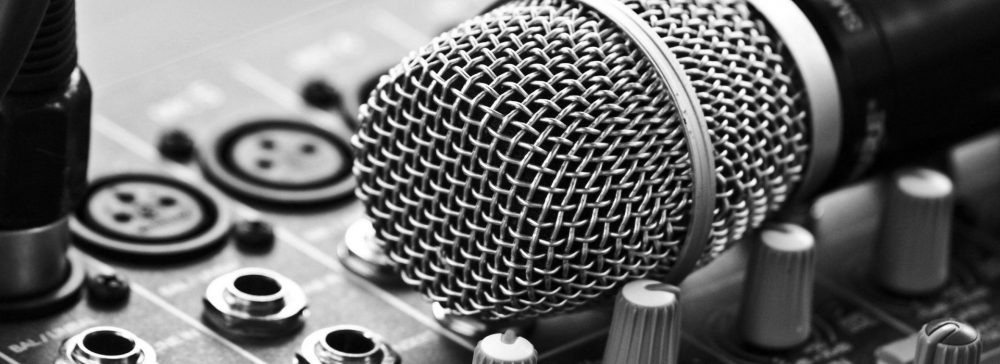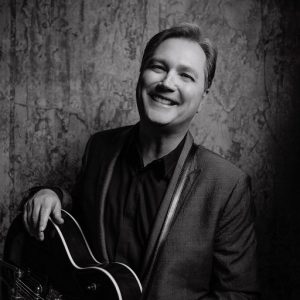While we might assume that videography and film-making are primarily visual forms of art, the gripping score comes with the combination of music. Music heightens the impact of the moving pictures. With each frame, videographers and filmmakers ensure that they convey a particular emotion. The different variables involved: location, lighting, actors delivery are carefully sorted out and executed to rile up the audience. Of all artistic tools that filmmakers have, music is the most powerful and certainly the most vital tool.
Whether custom or handpicked track, music helps to create an emotional landscape for the general production. Music within film places the viewer in a temporary reality griping all parts of his/her emotions.
Music can be used in a film in various ways: as background for the story, a musical within the movie or as background for the audience. It compliments the drama, comedy, action or fiction.
However, its not as simple as selecting the perfect sad song for the perfect sad scene. Its more than that. In fact, it’s so powerful that music in a film is also related with how to overcome anxiety. Imagine that! Films from Pixar productions show the perfect manifestation of music in film. Pixar plays with the viewers emotions by sending contrasting messages on what is on the screen. This means, by mixing sad scenes with happy music, Pixar tears at our emotions in the most unimaginable manner.
Additionally, the music production within Pixar movies ensures that it delivers the theme much earlier in the story. They, later on, hit the audience with the same tunes when they least expect it- and when most vulnerable. This is what makes their movies so brilliant!
When filmmakers want to change the tone of a particular scene, one of the best ways would be to use music. The power of music affects the audience psychologically. This ensures that the film is more efficient and dynamic. By understanding the impact of music to film, a filmmaker can invent new ways to create emotional effects on the viewer.





